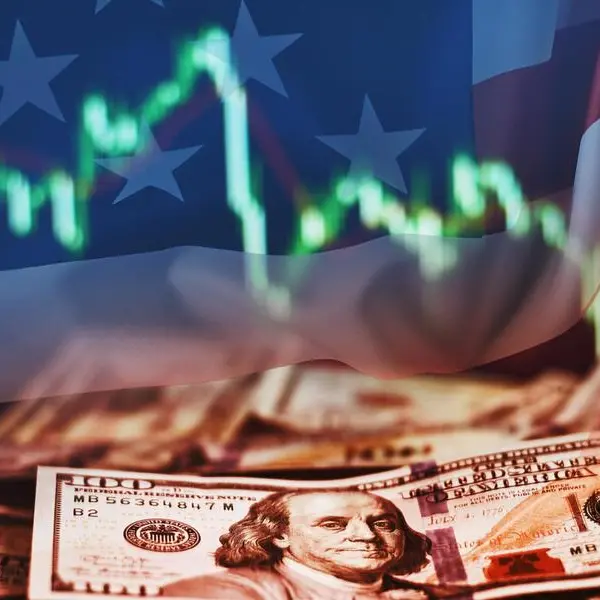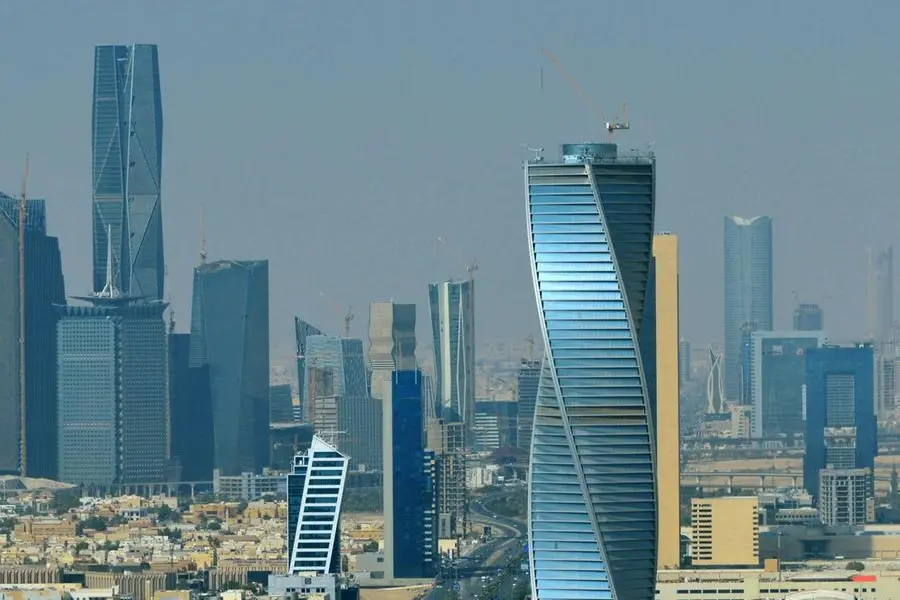PHOTO
FILE PHOTO: U.S. dollar banknotes are seen in this illustration taken March 10, 2023. REUTERS/Dado Ruvic/Illustration/File Photo
LONDON - If the last lap of monetary tightening appears too brutal and blunt for Western households and economies, a compelling case for targetted tax rises on the richest is emerging.
Global policy bodies have for more than a year pleaded with governments not to let their central banks do all the heavy lifting when reining in decades-high inflation rates.
Using governments' tax and spending tools to help central banks cool demand and overheated price rises - which have eaten away average real incomes for more than two years - has been advocated at different junctures by the International Monetary Fund and Bank for International Settlements.
But as Western inflation finally ebbs, the question now is how much more interest rate pain authorities are willing to inflict on all households if central banks are to complete the "final mile" of the disinflation process on their own.
With U.S. headline inflation likely back close to a 2% handle already, the debate about whether more monetary pain is worth it will surely gain ground while the economy skirts recession and real wage growth recovers at last. The Federal Reserve insists it will not finish the job until it regains 2% targets - but also admits it is close to the end of its campaign.
Elsewhere, things are much trickier.
Britain is still struggling with 8%-plus inflation rates and persistently contracting real incomes even with record-high nominal pay growth. Market pricing of yet another 1.5 percentage points of Bank of England rate hikes to 25-year highs of 6.5% seems daunting for a majority of UK households which are squeezed.
After 18 months of gas price shocks - partly offset by fiscal supports - and raging inflation in food, goods and services, Britain now faces the sideswipe from 15-year-high mortgage rates that millions will have to refix over the next two years.
If the interest rate lever is so clumsy and indiscriminate, how do you cool demand without hitting everyone?
Former BoE policymaker Kate Barker told the Financial Times this weekend that targetted and temporary tax rises on top earners may be the most effective and fairest way to go.
"We're asking monetary policy to do all the work," she said. "We ought to be doing more of the work of driving out inflation by putting taxes up on the better-off."
For all the loose allusion to supportive fiscal policy and budget pulses over the past year, the issue has rarely been put as baldly as that - at least not in regard to the inflation fight, but it is hard to argue against.
The case for whacking all households and families equally for what appears to be a residual demand problem likely concentrated at the top of the income pile seems weak.
What's more, pressing home that unfairness may itself undermine public support for central bank mandates longer-term, not least given recent commitments by the Fed and others to be mindful of how its policies affect different social groups.
If "excess demand" is indeed a problem still driving prices - as energy and supply-chain challenges have fallen away - then presumably it is important to know what part of the income spectrum that demand is coming from to address it properly.
Tax and distribution are not explicitly in central bank remits. And so pressure increases on government to weigh in on this final leg. As politically charged as that choice may ultimately be, the political impact of the cost-of-living crisis is equally toxic.
TAX, NOT RATES
According to the most recent household expenditure surveys, the top 30% of the U.S. income distribution consumes more goods and services in dollar terms than the rest of the 70% in total. In Britain, the equivalent top 30% consumes more in pounds per week than the total of the bottom 60%.
Even though poorer families consume a higher proportion of their incomes, retail sales or housing demand are measured in aggregate and the prices of many goods set likewise - not on how evenly distributed that demand happens to be.
According to these surveys by the U.S. Bureau of Labor Statistics and Britain's Office for National Statistics, spending on services, entertainment, restaurants and travel - some of the areas with the most aggravated inflation - are even more heavily concentrated in upper income brackets.
That top 30% were also most likely in white-collar work that continued unabated through pandemic lockdowns and likely accumulated disproportionate "excess savings" too as a result - and lasting longer even if it appears aggregate savings appear to have been burnt off more widely.
Any higher borrowing costs now being incurred are also offset by higher interest earnings on those additional savings.
Is this a smoking gun behind both economic resilience and sticky inflation?
It appears more credible than the modest real wage rises for regular workers who have barely seen one for more than a decade.
Even if you believe margin padding or price gouging is more responsible for price rises than wage gains anyway, so-called corporate greedflation only persists if demand allows it - even just demand from the top of the pile.
But the political sensitivity of income tax likely dictates the way forward, however cogent the economics.
Yet the more general point of fiscal policy helping with the final throes of the inflation battle continues to be made.
The IMF's annual report on Britain on Tuesday made clear it sees government tax policy as a crucial support for the central bank, adding London should raise more money from carbon and property taxes while removing loopholes in wealth and income taxation to fund public services and cut debt.
"Fiscal Policy should remain aligned with monetary policy in the fight against inflation," the Fund concluded.
The opinions expressed here are those of the author, a columnist for Reuters
(by Mike Dolan, Twitter: @reutersMikeD Editing by Matthew Lewis)





















